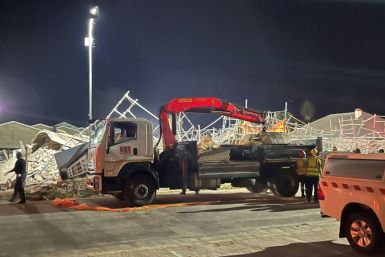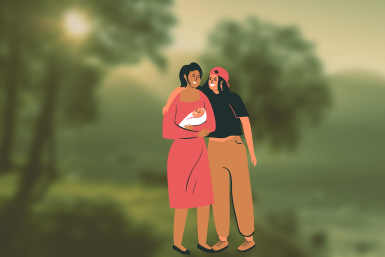Massive New Zealand Earthquakes Caused Earth's Crust to Weaken for the First Time
The deadly earthquakes that shook New Zealand in 2010 and 2011 may have caused a part of the Earth's crust to weaken. According to researchers, New Zealand is in the Ring of Fire - a narrow zone in the Pacific Ocean wherein 80 per cent of the biggest earthquakes in the world happen.
Most of the world's earthquakes or 90 per cent also strike along countries in the Ring of Fire. In 2011, a magnitude 6.3 earthquake shook the South Island of New Zealand. The epicenter was close to the center of Christchurch, killing 185 people and totally destroyed or partially damaged 100,000 buildings. The earthquake of 2011 was the costliest one to hit New Zealand, which affected one-sixth of the country's GDP.
The deadly magnitude 6.3 earthquake was the aftershock of the initial magnitude 7.1 tremor that struck in 2010 or 172 days earlier. Bridges and buildings were damaged which amounted to millions. Two people were seriously injured from the quake.
Although the magnitude 7.1 earthquake in 2010 was stronger, it caused less damage since the epicenter was far from the populated areas and cities. The 2011 earthquake in New Zealand had several large aftershocks.
Scientists have discovered most of the earthquakes that struck New Zealand had caused abnormally high energy levels to be released. Experts believe that the high levels of energy are similar to those observed when strong faults rupture in the Earth's crust.
In order to find out more about the series of energetic earthquakes, scientists examined the rocks beneath the earthquake hit areas known as the Canterbury Plains.
Upon analysis, scientists found a huge and extremely strong block of volcanic rock approximately 6 miles or 10 kilometres underneath the Canterbury Plains. The volcanic rock, called by scientists as the Hikurangi Plateau, had been dragged underground about 100 million years go. Researchers said the block of volcanic rock remained attached to the Earth's crust.
Scientists analysed the seismic waves recorded by Geonet before and after the earthquakes in New Zealand. More than 11,500 aftershocks were recorded after the earthquake in 2010. Researchers found a wide region that grew weaker after the earthquakes.
A cracking that stretched 5 kilometres on the volcanic rock attached to the Earth's crust was found around the fault. Earthquakes outside of New Zealand usually produce cracks mot more than a hundred metres wide, according to lead author of the study, Martin Reyners from the research institute GNS Science in New Zealand.
Until the new findings, scientists have assumed that the strength of the Earth's crust remains the same when there are aftershocks. The study suggested that energetic earthquakes lead to the crust becoming weaker. Mr Reyners said this weakening is not common and no previous report has been found regarding the discovery. The findings of the study were published in the Nature Geoscience journal dated Nov. 24.






